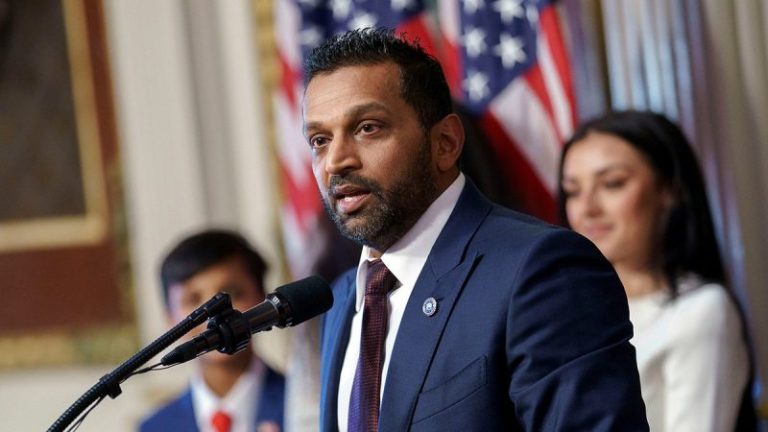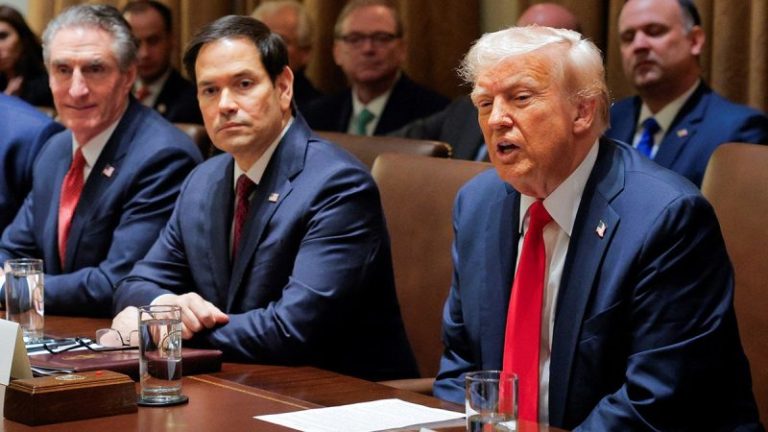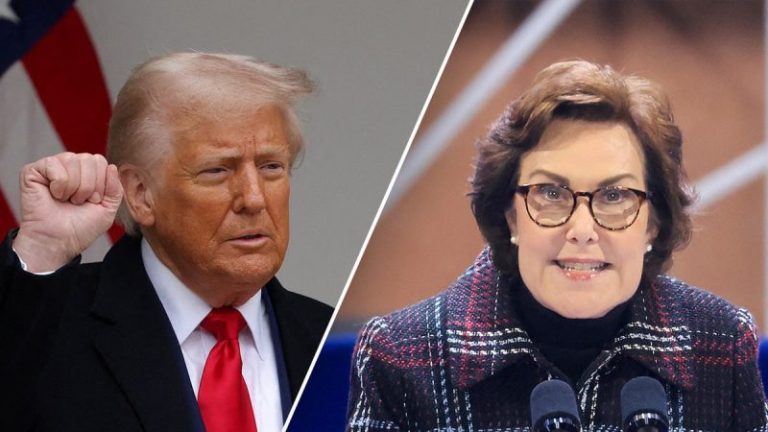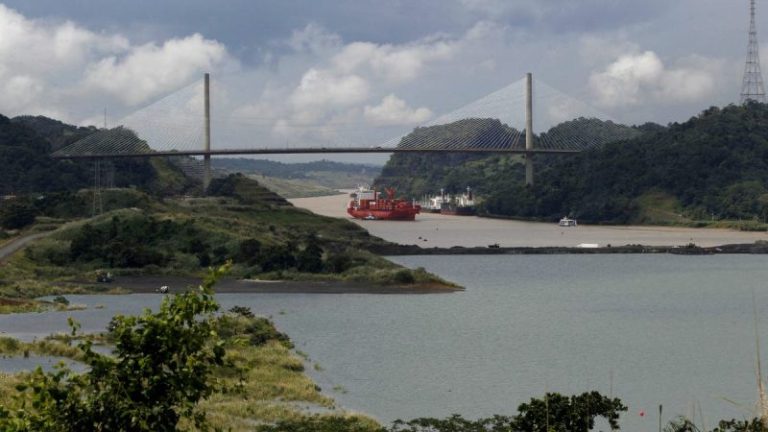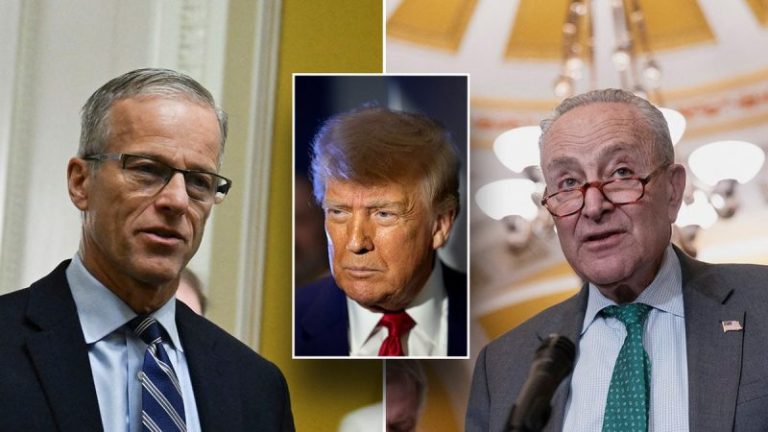Senior Iranian officials are threatening to ramp up the country’s nuclear program as the Trump administration weighs a possible strike against the regime if Tehran does not come to the table for negotiations.
‘The president should be making the regime sweat, pure and simple,’ Behnam Ben Taleblu, an Iran expert and senior fellow at the Foundation for Defense of Democracies, told Fox News Digital.
‘This can be done with strict enforcement of maximum pressure sanctions, and a targeted campaign against regime assets in the region – Yemen being a good example now. Washington will also need to add a critical third element to its otherwise economic and military pressure policy. Maximum support for the Iranian people.’
Lisa Daftari, a Middle East expert and editor-in-chief at The Foreign Desk, told Fox News Digital that while diplomacy often demands negotiation, extending any offer to Iran’s regime, even symbolically, risks legitimizing a government that has spent decades terrorizing its own people and funding proxies like Hamas, the Houthis and Hezbollah.
‘This regime thrives on defiance, not dialogue. That has not changed. For over four decades, the mullahs have understood only one language: might,’ Daftari said.
President Donald Trump told reporters on Air Force One on Thursday that it would be better if the U.S. had direct talks with Iran.
‘I think it goes faster, and you can understand the other side a lot better than if you go through intermediaries,’ Trump said. ‘They wanted to use intermediaries. I don’t think that’s necessarily true anymore. I think they’re concerned. I think they feel vulnerable, and I don’t want them to feel that way.’
Trump also threatened to bomb Iran and impose secondary sanctions on Iranian oil if it did not come to the bargaining table over its nuclear program. Although the president said he preferred to make a deal, Trump did not rule out a military option.
‘It will be bombing the likes of which they have never seen before,’ President Trump told NBC News last weekend.
The U.S. expanded its deterrence efforts in the region, deploying additional squadrons of fighter jets, bombers, and predator drones to reinforce defensive air-support capabilities. The U.S. is also sending the USS Carl Vinson Carrier Strike Group to the region to join USS Harry S. Truman, which has been in the Middle East to fight against the Houthi’s in Yemen.
Iran’s supreme leader, Ali Khamenei, responded with threats of his own and said that Iran would respond ‘decisively and immediately’ to any threat issued by the U.S. Iran is still floating the idea of indirect talks, something the administration is reportedly considering.
Taleblu said, ‘Tehran’s counteroffer of indirect talks is the regime’s way of rejecting Trump while leaving the door open for talks that can be used as a shield against a potential preemptive attack.’
The president sent a letter to Khamenei expressing interest in making a deal on the nuclear issue. While increasing its military presence in the region, reports indicate that the Trump administration is considering indirect talks with Iran to curb the expansion of its nuclear program and avoid a direct confrontation.
Experts and observers of the region warn that Iran has used negotiating as a delaying tactic in the past and warn the Trump administration against entering into talks that might further embolden Iran.
‘The Trump administration should impose full pressure on the regime in Iran given how weak the regime has become in the last several years. Indirect talks are the regime’s strategy of buying time so it can live to fight another day,’ Alireza Nader, an independent analyst in Washington, D.C., and expert on Iran, told Fox News Digital.
Nader’s recommendation to Trump is to support the people of Iran and argued that the regime is much weaker than it appears.
‘President Trump really wants a deal. Iran has a chance here to go back and negotiate, keep its civilian nuclear program but make concessions about its size and the duration of a deal,’ Alex Vatanka, senior fellow at the Middle East Institute, told Fox News Digital.
‘Trump is in a dominant position. Republicans in Congress fear him. Nothing can stop him—at least for now. But power is fickle. The longer he’s in the White House, the more vulnerable he may become. Iran shouldn’t wait for that,’ Vatanka added.
In an interview with Mark Dubowitz of the Foundation for the Defense of Democracies podcast, ‘The Iran Breakdown,’ former Israeli Prime Minister Yair Lapid said that eventually, Israel will attack Iran’s nuclear facility, with or without the United States, because there is no other choice, according to Lapid.
Ali Larijani, an advisor to the supreme leader, said in an interview that although Iran does not seek a nuclear weapon, Tehran will have no choice but to build a nuclear weapon if the U.S. or Israel strike Iran.
The International Atomic Energy Agency reported in February that Iran has accelerated its nuclear program and has enriched uranium close to weapons-grade levels.
Danielle Pletka, senior fellow in Foreign and Defense Policy Studies at the American Enterprise Institute (AEI), told Fox News Digital that having additional military assets in the Middle East is sound policy given the threats that the U.S. and its allies face in the region.
For Pletka, the question is, what is the Trump administration looking for?
‘A deal in which the Iranians do not fully get rid of their nuclear weapons program? If so, the president sets the United States up for the risk that Barack Obama inflicted on our allies and ourselves – merely delaying the Iranian nuclear program to a later date,’ Pletka told Fox News Digital.
Pletka said it is strange that President Trump seems to envision a Joint Comprehensive Plan of Action (JCPOA)-like deal, and that has prompted a lot of criticism on Capitol Hill.
Trump originally withdrew from JCPOA, also known as the Iran nuclear deal, during his first term in 2018 and reapplied harsh economic sanctions. The Biden administration had initially looked at re-engaging with Iran on the nuclear issue upon taking office, but on-again-off-again talks went nowhere, complicated by Iran’s domestic politics and its role in supporting its terror groups in the region.
The other risk that the president runs, according to AEI’s Pletka, is being perceived as a paper tiger.
‘He threatened Hamas with bombing that he never delivered. Now he’s threatening Iran with military action. But does he really mean it? Or is he just blowing hot air?’ she said.
Pletka said, ‘There is an enormous amount of uncertainty around the president’s intentions, and that uncertainty is an opportunity for the Iranians to exploit.’
The Middle East Institute’s Vatanka said he believed that Trump could claim a potential win he can sell at home and say he got a better deal than President Obama did with the JCPOA, if Iran were to agree to permanently keep its enrichment level to a low level, unlike the expiration dates included in the JCPOA.
This post appeared first on FOX NEWS



